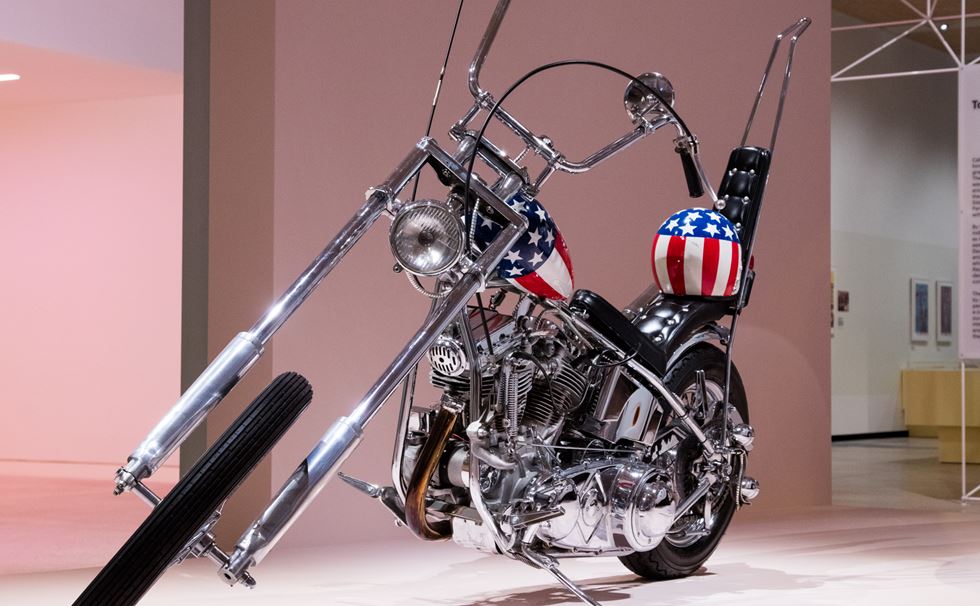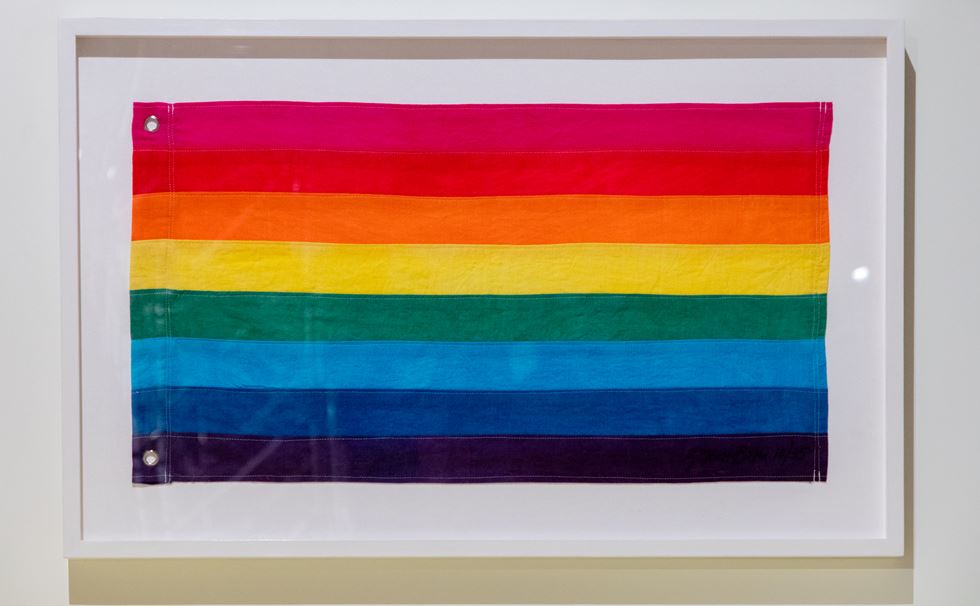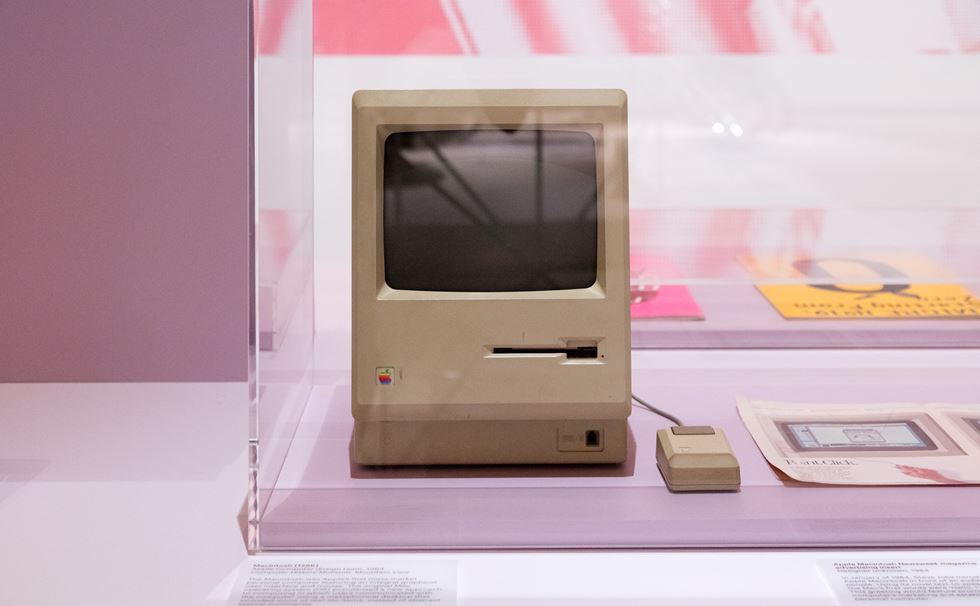 I’ve never been to California, except of course in my daydreams, gleaning my information of this sun-drenched place from the pages of glossy magazines, or the thousands of TV programmes and movies that have been filmed there.
I’ve never been to California, except of course in my daydreams, gleaning my information of this sun-drenched place from the pages of glossy magazines, or the thousands of TV programmes and movies that have been filmed there.
On the surface, it’s home to the world’s most omnipresent and hideously wealthy acting community, a plethora of tech giants, and thousands of start-ups hoping to follow in their wake. And, in my heart at least, a laid-back population of surfers, skateboarders and all-round bohemians. But how has this west-coast state become so influential that we all feel its reach?
The curators of Designing California, the exhibition currently on at the Design Museum in Kensington, are hoping to answer this question using over 200 objects created in The Golden State. From the original Rainbow Flag, to photos from the Burning Man Festival, via Captain America, the chopper driven by Peter Fonda’s character in Easy Rider, all the items are linked to the main theme of freedom, but so too are there running threads of rebellion, individualism and self-expression, and it makes for one uplifting journey.
Permeating much of the exhibition is a vision of communities setting up their own utopia; the communes of the 1960s, including the experimental, student-run, Pacific High School (in which clothing seemed to be optional), to the coteries of skateboarders and surfers, and eventually the rise of Silicon Valley (included are plans for the new Apple, Google, and Facebook campuses). In many ways, it is a continuation of the utopian theme of the Design Museum’s previous exhibition, Imagine Moscow, about idealistic plans for the Soviet capital in the 1920s and early 1930s. A desire to change the way society operates, to push boundaries, to find another, freer way of living. This applies not just to experimentation in music, sex and drugs (an LSD tab featuring a Fantasia character, the Sorcerer’s Apprentice, is one of the displays), but of course technology, which is now one of the bedrocks of Californian life.

‘Easy Rider’, photo by Luke Hayes
One of the many statements that stood out to me at this exhibition was the claim that California is “not a style but an attitude”. That, and the way the exhibit frequently addresses its visitors directly, particularly with giant declarations hanging over each section, urging you to ‘see what you want,’ ‘go where you want’, ‘say what you want.’
There is plenty of opportunity to feel involved, not least the wonderful touch of being offered a free print of one of Emory Douglas’s posters for civil rights activists, the Black Panthers. In the Californian spirit of liberation, art and design is being democratised to the nth degree.
Indeed, this exhibition is unique in that, for once, it is not about exclusivity but inclusion. The pieces on display are ones we are familiar with already, and most likely to have owned ourselves at one time or another, such as the ubiquitous iPhone, Wired magazine, or a Barbie doll.

Gilbert Baker’s original eight-stripe Gay Pride, 1976
So too are we likely to have access to many of the technologies on show already, if not now, then very soon indeed. Google Maps is already a staple on our screens, virtual reality was the buzzword of last Christmas, and 3D printing is well on its way to becoming a must-have gadget in our homes. In many ways, the exhibition is a familiar place. But the significance lies in seeing it all together, as both an expression of Californian identity and our own, though we live over 5,000 miles away.
When you see it all in one room, it is surprising just how much Californian innovations have permeated Western culture: The Beach Boys, Vans Era trainers, Mac computers. Is it freedom or entrapment? How much do we need to retain our cultural identity? Is this a celebration or a warning?
The most worrying idea that seems to run through much of this exhibit is just how much surveillance is being normalised. We have ways of recording every aspect of our lives; checking-in to places, tagging each other’s faces, sending out locations and live streaming are all part of everyday life. One shelf displays a range of glasses and video recording tools being sold, marketed and developed in California now (Snap Spectacles, Nest Cam, GoPro, Google Glass). There is a desire to take surveillance to the next level, to keep on pushing at the fringes of what we deem to be normal. Of course, the corresponding marketing videos present these observation gadgets as tools of freedom: the Nest Cam is used as a baby monitor, the GoPro allows a viewer to see what a top skateboarder sees when they’re riding a rail.

The Apple Macintosh personal computer, 1984
“These products are presented as tools of personal liberation” says the panel on the wall, referring to the whole of the exhibition. The Mobile Justice app (which lets you record confrontations with police), Oculus Rift, Second Life, Google Earth, Amazon Kindle, Jawbone, Waymo’s self-driving car are all on display. Even whilst we have concerns about our changing world, who can argue with that, given the sheer number of innovations that have the power to transform lives for the better?
There is a great little piece in the exhibit which shows photos of four ordinary-looking garages, in which billion-dollar businesses were launched. They belong to Steve Jobs’s parents, Walt Disney’s uncle, David and Lucille Packard (of Hewlett-Packard), and Susan Wojcicki of Google.
One of the final pieces, a world map showing Facebook connections as a series of lines criss-crossing the globe, says it all really. We are all connected, no matter where we are. So, if California really is an attitude, like the exhibition claims, we can all partake. Maybe all we really need is a garage, an internet connection, and a bit of a rebellious streak.
Filed under: Art & Photography

Comments